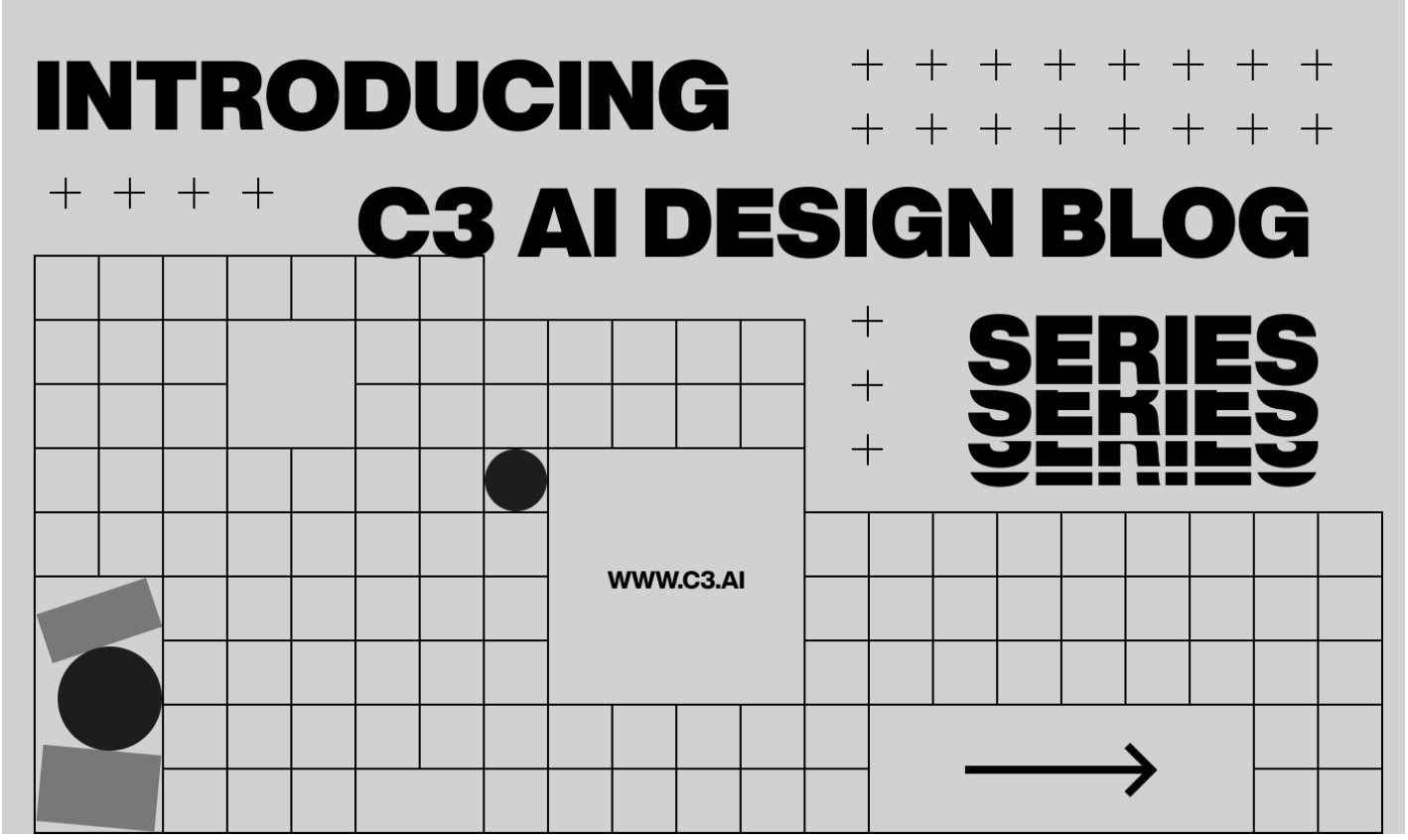
From purchase recommendations on amazon and social media to personal advice on your finance and health, we all regularly interact with AI. But when AI is being used at an enterprise scale where AI-based decisions can have massive effects, the risk is significant, and the scale is paramount. At C3 AI, we offer a family of AI applications and an end-to-end AI platform to help enterprises accelerate their AI digital transformation. As product designers, we can help create transparency and build that trust by creating informative and intuitive designs.
The C3 AI applications provide businesses with insights that could save them time, money, and resources by optimizing inventory, providing maintenance to failing machinery, and improving energy management. The end-users are not always data-savvy users, but also folks who are not used to reading data. Intuitive product design can guide those types of users in the decision-making process — even through a complex data system.
The C3 AI platform provides development teams with a set of tools that we can use to build AI applications at a scale for multiple industries.
To meet those product design goals at C3 AI, we aim to:
Make AI Interpretable
AI insights come in different forms, including risk scores, classifications, segmentation, and recommendations. When designing an application, we want to help the user quickly and easily understand those insights, including what action to take based on them. To do this, we must figure out what kinds of information can help lead a user to act.
This series will share the experiences of our talented design group in solving this challenge.
Make AI Trustable
In product design, there is a balance between creating an interface for those who need it most and for those who might feel they would never need your product, and we want to reach both audiences.
Take an AI-powered English writing and grammar tool for example. The largest group of consumers could be non-native speakers who work or learn in an English-only environment and need help rephrasing or adjusting their writing. But you also want your product to be used by seasoned writers who could benefit from the tool. This means the product design must be balanced to not encroach on the experienced writers’ expertise, but also provide value to less knowledgeable writers.
At C3 AI, many of our products are used by domain experts who are confident in their decision-making, so we try to present AI insights in a way they can trust and incorporate them into their decision-making.
In this series, we will share some design principles that guided us to create products that users of all levels can trust and rely on.
Make AI Configurable
Because AI and ML (Machine Learning) can be used across industries for different purposes, configuring datasets in multiple data shapes, turning ML models that meet a variety of business goals, and customizing user interfaces (UIs) for different audiences is a unique experience for each enterprise.
In this series, we will explain the principles we rely on for balancing simplicity and flexibility and share the ways we scaled a technical experience for less-technical users.
Check out our next blog post: Engaging with AI for Beginners by Clair Sun and Tianyi Xie.
About the Author:
Eva Luo is a Senior Product Design Manager at C3 AI, where she has worked on no-code to deep-code tools for data scientists and developers and AI applications for the CRM (customer relationship management) domain. She holds a master's in human-computer interaction from the Georgia Institute of Technology. Before C3 AI, she designed ML platform experiences at IBM for their product, IBM Watson.